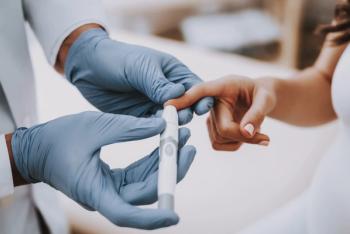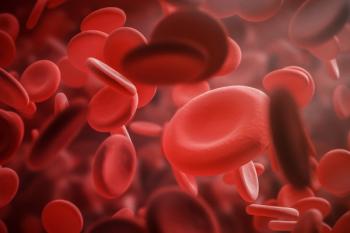
Addressing Cancer Drug Costs in Medicare Part D
Tackling Medicare Part D drug costs takes more than just capping costs.
The current cost sharing structure of Medicare Part D leaves many cancer patients feeling an economic pinch. Most beneficiaries have no limit on out-of-pocket costs and those costs are often calculated as a percentage of the list price instead of fixed copays. A recent editorial published in JAMA Oncology1 addressed the concerns.
With new cancer treatments having out-of-pocket costs of more than $10,000 per year, per drug, costs can quickly add up. A subsidy program exists for low-income Medicare patients, but only around 25% of beneficiaries qualified for this assistance in 2021. By comparison, other programs such as the Affordable Care Act and Tricare have much lower caps at $8700 and $700, respectively. The Build Back Better Act, passed by the House in December 2021 (which also caps insulin costs at $35 per month), would limit the costs of these life-saving medications to $2000 per year.
However, capping costs alone would cause premiums and federal costs to increase. A plan to address the launch prince of drugs and future price increases is also needed. The 2019 Elijah E. Cummings Lower Drug Costs Now Act included a plan to not only cap costs at $2000, but to control drug pricing by comparing it to the drug prices in 6 comparable countries. Although the Build Back Better Act does address drug costs, it’s very limited, allowing for negotiation only for a small group of drugs that are near the end of exclusivity periods and does not impact launch pricing.
Patients’ out-of-pocket costs are based on the list price and any confidential rebate or discount is kept by Plan D plans to reduce premiums, rather than passed along to the patients. Final rules were issued in both the Trump and Biden administrations to limit rebates and/or other discounts. The Trump Administration rule only allowed rebates if they were passed through to the point-of-sale price. An analysis of the rule estimated that it would increase premiums and spending by $170 billion over a decade, which led to the rule’s implementation being delayed until 2027. A Biden Administration rule required concessions on pricing be passed along to point-of-sale prices. However, these rules likely won’t lead to meaningful change in out-of-pocket costs.
“To sustainably address rising prescription drug spending in the long-term, a cap on patients’ out-of-pocket costs must be coupled with policies addressing the total cost of prescription drugs,” the authors concluded.
Reference
- Hwang TJ, Kesselheim AS, Dusetzina SB. Reforming patient cost sharing for cancer medications in medicare part D. JAMA Oncol. 2022 Oct 1;8(10):1398-1400. doi: 10.1001/jamaoncol.2022.2828.
Newsletter
Pharmacy practice is always changing. Stay ahead of the curve with the Drug Topics newsletter and get the latest drug information, industry trends, and patient care tips.























































































































